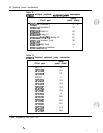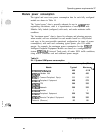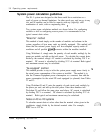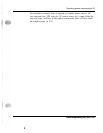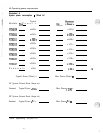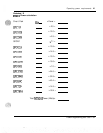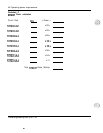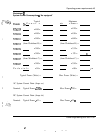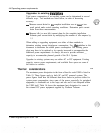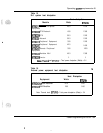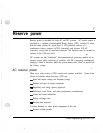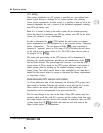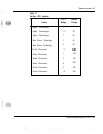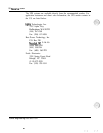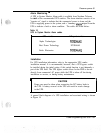
44 Operating power requirements
Upgrades to existing
itistallations
Total power consumption of an installed system can be determined in several
different ways. Two methods are listed below, in order of decreasing
accuracy.
Measure current drain for the complete installation over at .least a two-
.’
_
-’
-
week period under actual operating conditions. Determine peak current
drain from these measurements.
-
Measure idle (or near idle) current dram for the complete installation.
Estimate peak current drain by multiplying the number of idle amperes by
1.5.
When adding or upgrading equipment, use either of these methods to
determine existing current drain/power consumption. Use the guideline in this
document to determine the added power consumption. The existing power
plant may have to be replaced or its capacity increased to accommodate the
additional power requirements. As always, be sure to provide sufficient __
capacity to accommodate planned growth of the SL-1 System.
Upgrades to existing systems may use either AC or DC equipment. Existing
capacity, reserve power requirements, and available floor space are some of
the factors to consider.
Thermal considerations
The maximum power dissipation in the form of heat for each UEM is listed in
Table 15. These figures apply to both AC and DC powered systems. The
power figures listed here are different than those shown in previous tables for
system power consumption, since some of the power, especially for peripheral
equipment, is distributed out to the loops and sets and is not dissipated within
the UEM itself. Table 16 shows the maximum heat dissipation for some of
the external DC power equipment supplied by Northern Telecom.
Power engineering 553-3001-l 52



